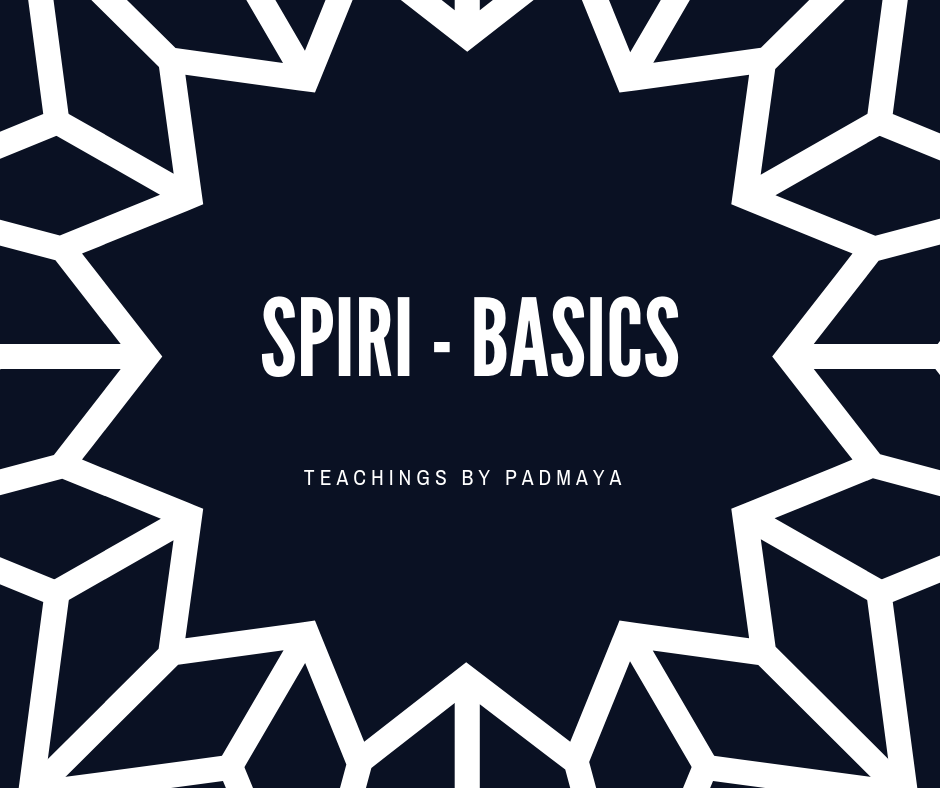Ease-of-use rules! That makes a websites look smooth, reduce nagivation confusion and it helps getting desired goals and results (I. e., more signups, users and sales). But too often it seems challenging to easily simplify your website design. No matter how hard you make an effort, you can’t make your work look like Apple’s. So what will do a website custom really needs to do? Stress not, with regards to there are a few starting take into account simplify your website design. A basic website design should never be a daunting all-or-nothing challenge – you may simplify the design by taking small steps. Simple jobs like placing the focus simply on the necessary elements of your website, getting rid of the unnecessary, lowering the number of webpages your site comes with, getting more content above the fold, and restricting the number of hues you use. You can always fine-tune and improve your basic design, nevertheless the important thing the following is to get started. Prepared to start streamline your website design and style? Awesome. Devoid of further ado, here are some starting points to simplify your internet site design.
1 . Focus Just On Essential Elements
This first step perhaps seems forehead-slapping obvious: obviously I should put the focus on the essential elements within my site, what am I, a great idiot? Nonetheless a surprising number of websites neglect to achieve this plus the result may be a big mess of important and trivial elements spewed onto a website. I’m when guilty of accomplishing this in the past when anybody. It has hard to become objective and prioritize there is no benefits important or perhaps not, because everything appears essential. If you want your website style to be less difficult, identify what needs to be concentration, just like with any good visual design or perhaps piece of art. Which means adding the focus only on the essential elements. Use the 80-20 rule What 20% of what’s on a site gives many of these of the benefit and content that people take a look for? It would be the replicate, some social proof (review snippets, customer feedback, media badges), and a signup web form or call-to-action button, to illustrate. That’s the 20% immediately. On your webpage, as well as on every individual page, focus on displaying the particular 20% of site components that are providing 80% of the usefulness. This isn’t a specialized step although a precept that you can use as your guide to make simpler your website design constantly. The 80-20 guideline will help easily simplify your website design by pressuring you to reduce your site elements down to the necessities. What’s awesome is that the 80-20 rule also can help increase your desired benefits that you aspire to achieve with your website. For example , an increased conversion rate in visitors signing up, signing up, or perhaps buying. How? You’re rendering it so there are less interruptions and tasks for surfers to click on to leave the page. Inevitably, we’re always looking for a reason not to order something on the final step, and any reason to navigate aside is a good 1. Reduce some of those reasons and click-away choices with the 80-20 rule. Bob Pearson, designer of the well-liked Thesis WordPress plugins framework, says this is exactly what helped increase sales on his www.thecosmopolitanblog.com web-site.
2 . Eliminate All Unneeded Elements
We are continuing when using the 80-20 procedure here. Now that you’ve recognized the twenty percent of web-site elements that could get you 80% of your desired benefits, it’s a chance to get rid of all of the unnecessary factors. In other words, the 80% of website elements that will get you only twenty percent of benefits. It could be social media sharing widgets, sidebar factors, blog post coto details (date, time, publisher, number of comments, etc), or links inside the footer (this is especially a huge culprit a lot of the times, particularly if the visitor wants the aforementioned reason to understand away from the page).
3. Reduce the Number of Web pages
A large a part of simplifying your web site design is usually to simply have fewer places to learn and just click around. You can do that by cutting off the web page count. Both get rid of pointless pages that deep straight down inside you know aren’t necessary, or at a minimum, fuse multiple pages into one. I mean, you don’t need to separate „about the site“ and „about me“ internet pages. Firstly, be in the way of thinking of the visitor – if you were to arrive on your own website, what are the key facts would you might like to do? For instance find out what your stuff is approximately? Or get in touch with you? Next, be certain that your internet pages facilitate precisely what is necessary certainly nothing more. Rarely keep unnecessary pages on your website because you think you have to, or mainly because other websites have them. At the time you reduce the selection of pages on your website, not only it is simpler for your people to focus on your content because there are less spots to just click around, however your navigation menu is simpler also. We’ve all of the been on websites with too many nav menu items. All of us don’t find out where to start browsing through because we have overwhelmed by the choices. And once we get overwhelmed by being given too many selections, we fit choosing nothing. By having while few navigation menu things as possible, you choose your website not only simpler but more appealing and friendlier to tourists.
4. Attract more Content Over a Fold
Studies have shown a majority of persons spend the majority of their period above the collapse on web webpages (what shows up on the display screen without moving down). So if you want to increase the effectiveness of your internet site, have the primary content and call-to-action elements above the flip. You can do something as simple simply because shortening the header level if you have a logo and a navigation menu at the top of your web site. This involves simply changing the header’s „height“ value in your stylesheet (typically style. css or stylesheet. css). As well, see if a sign-up form or option is below the fold. Head out that aspect higher up in the site so it’s the first thing a visitor sees. After all, that is the desired call-to-action of the visitor, so cure the work necessary to get to this (ie. scrolling).
5. Limit Your Color Scheme
It’s easy to get caught up with colours. Why settle on 2 or 3 hues when you can possess 12 or perhaps 13? Playing with order to simplify your website design and style visually, you should limit your color program. When in doubt, use fewer colors. It’ll vary depending on your style of course, nonetheless try staying with no more than 2 or 3 colors to begin. If you need even more subtlety and texture on your visual design and style, use shades of the same color – lighting azure for the backdrop and more dark blue for the purpose of header and menu items. I’m since guilty anyone with obtaining wild with colors in past times. I’ll put this color, then a second, and some other – and before I realize it, it looks like a offers a diarrhea across my site. You can have your website constructively simple, but if the colorings distract the eyes when you look at it rather than complimenting a few possibilities, then the only thing that effort was for nothing. So use fewer hues with your website design instead. Last, but not least
Hopefully you’re now network . and ready to begin simplifying your internet site design. You’ll be more happy showing off your web site because it’ll look gosh-darned sexy not only that, your visitors could have a much more gratifying experience surfing around in your site. To summarize, here are the 5 starting points to make simpler your website style: 1 . Place the focus only on the vital elements 2 . Get rid of most unnecessary factors 3. Reduce the number of webpages 4. Drive more moreattract content over a fold some. Limit the color palette

